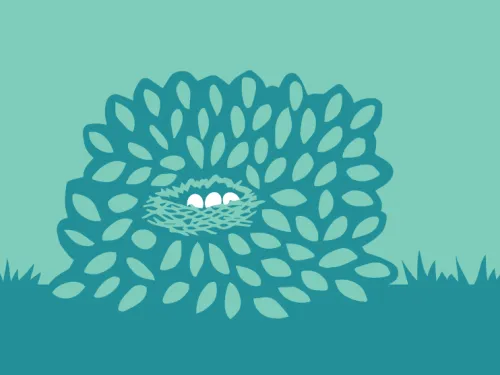
How to provide bushes for nesting birds
In the spring, birds choose the best locations to build nests, so why not offer them a safe place to settle?
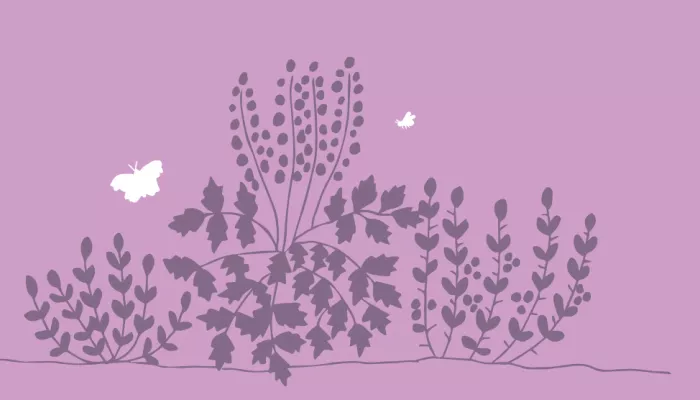
Woody shrubs and climbers provide food for wildlife, including berries, fruits, seeds, nuts leaves and nectar-rich flowers. So why not plant a shrub garden and see who comes to visit?
Woody shrubs and climbers provide food, shelter and breeding places for our wildlife. Nesting birds and hibernating insects make their homes in them, predators seek out insects and other invertebrates to eat, and insects like butterflies use them as natural wind breaks. They also provide areas of shade and cover, allowing animals to move around safely, and they boost the variety of habitats in the garden.
Many of your shrubs and climbers are likely non-native or cultivated. While there’s no question that native plants support a wider range of biodiversity, many non-natives perform very well indeed, especially in producing winter berries and nectar-rich flowers, as well as evergreen foliage to provide cover in the winter. Remember, variety is the spice of wildlife!
When planning your shrubs, consider year-round interest. When the winter weather is at its worst, for instance, many birds normally found in the wider countryside will move into gardens for shelter and food. Fruiting shrubs like hawthorn, holly, firethorn and cotoneaster provide a welcome meal and shelter at this time, particularly for migrating birds.
Provide year-round sustenance for insects by growing shrubs that flower at various stages of the year (early spring is key for many insects). Many of these species will double their value by producing berries later on too.
Growing climbing plants up walls or fences will create similar environments to hedges and greatly improve the boundary for wildlife. Evergreen shrubs allow birds and insects a year-round home and protection from predators, especially if they are thorny like barberry and firethorn, or particularly dense like holly and yew.
Remember, variety is the spice of wildlife!
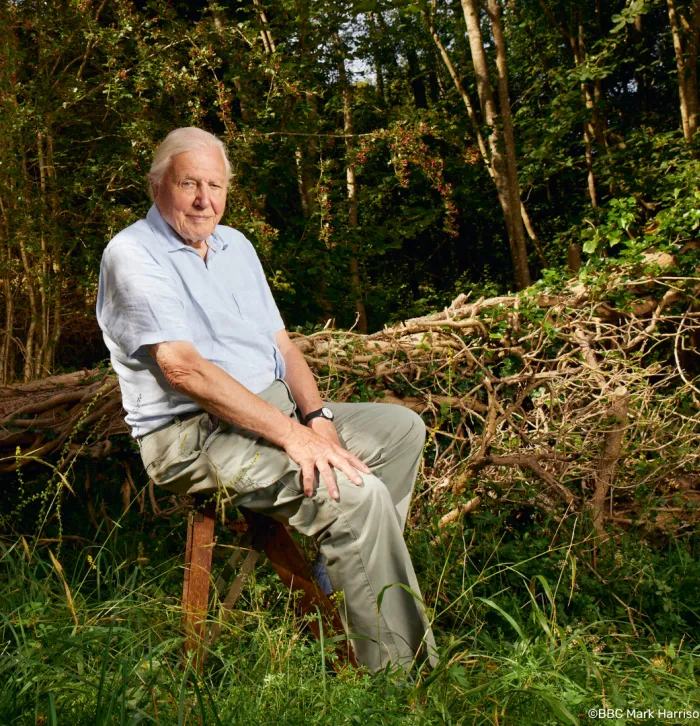

In the spring, birds choose the best locations to build nests, so why not offer them a safe place to settle?
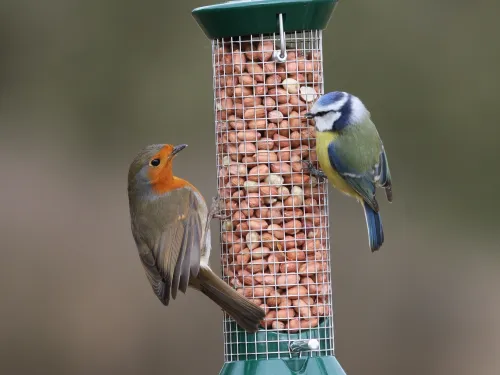
Find out how to attract birds into your garden all year round.

Learn how to reduce your travel emissions.
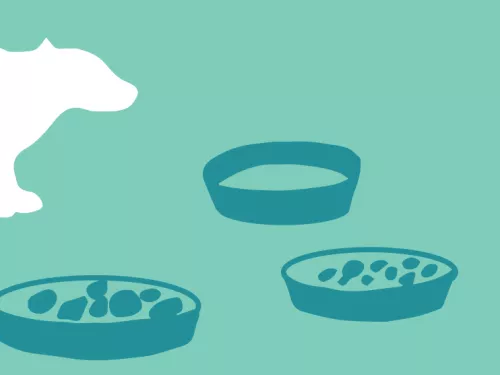
Putting out a bit of food can help see mammals like hedgehogs through colder spells.

All animals need water to survive. By providing a water source in your garden, you can invite in a whole menagerie!

Palm Oil is a cheap, efficient form of vegetable oil, but a lot of species-rich tropical habitat is being destroyed to make way for it.